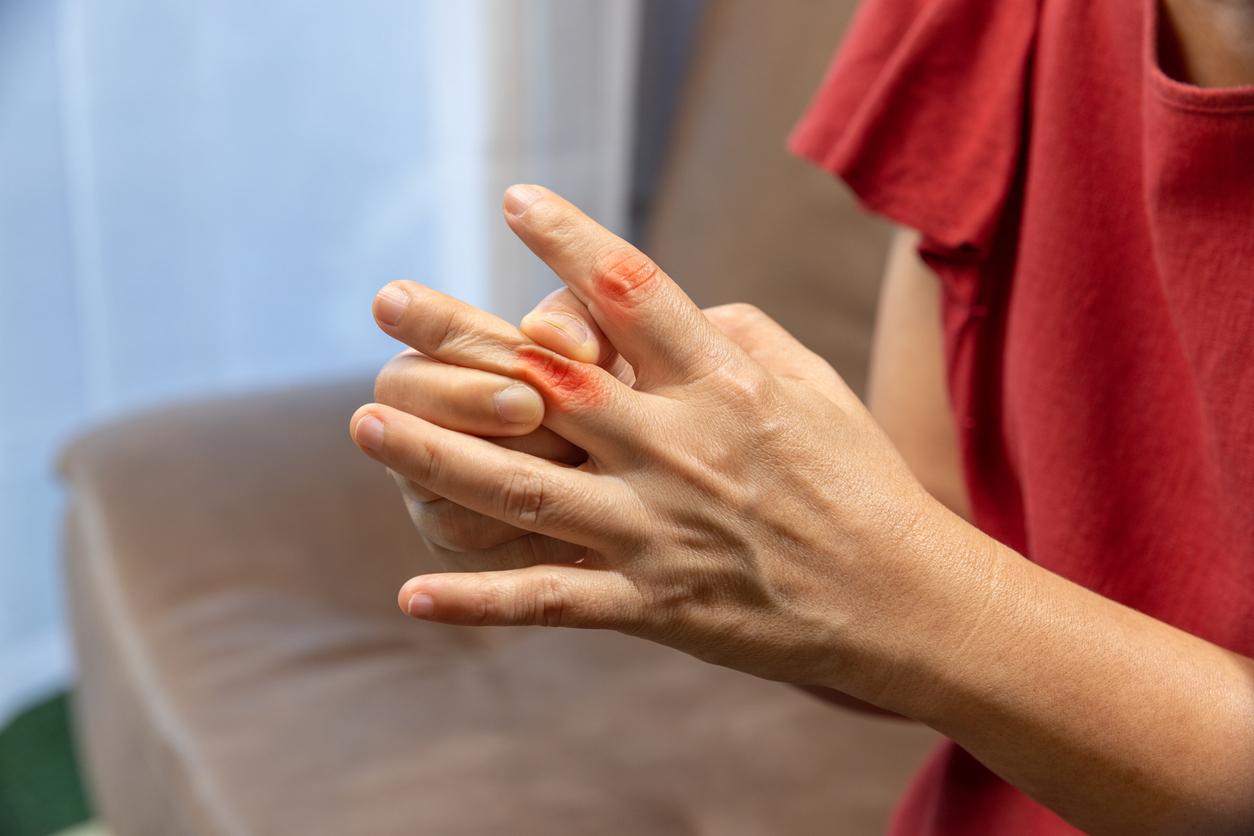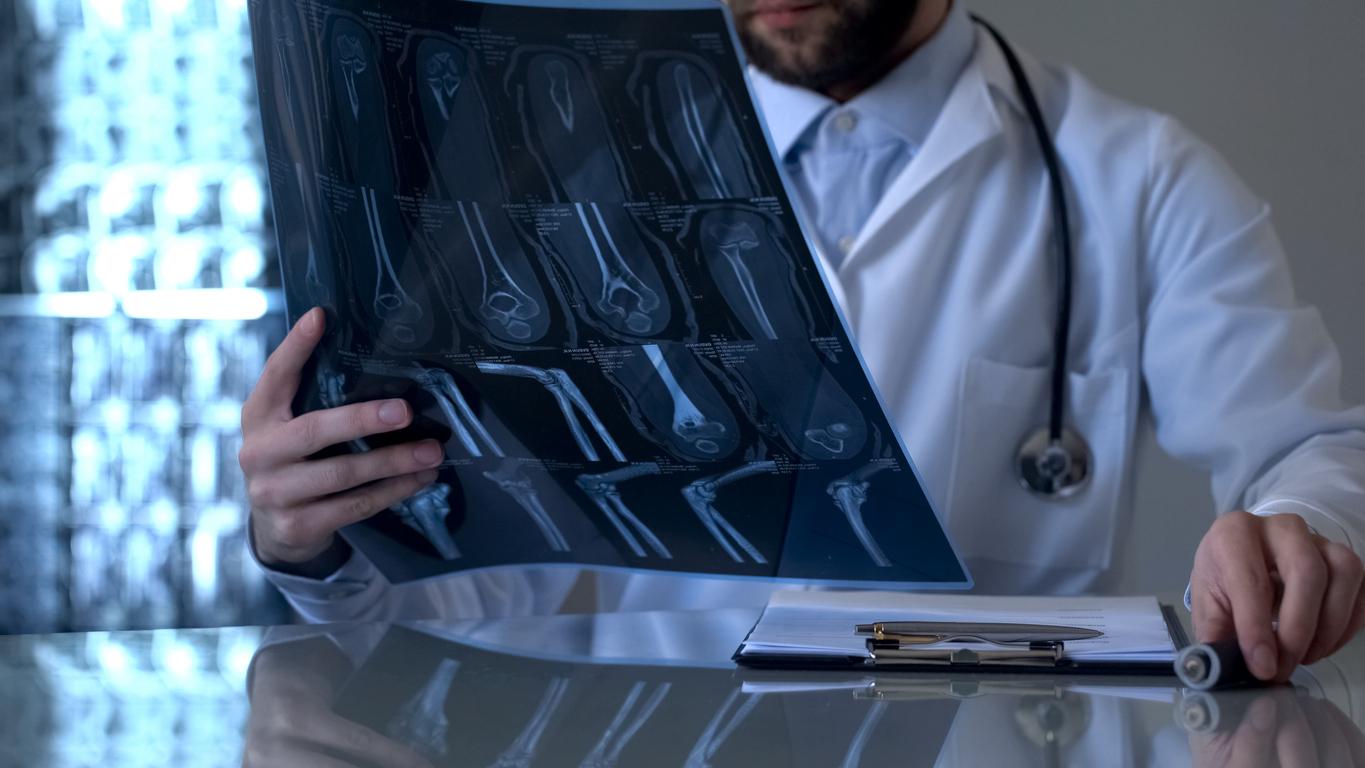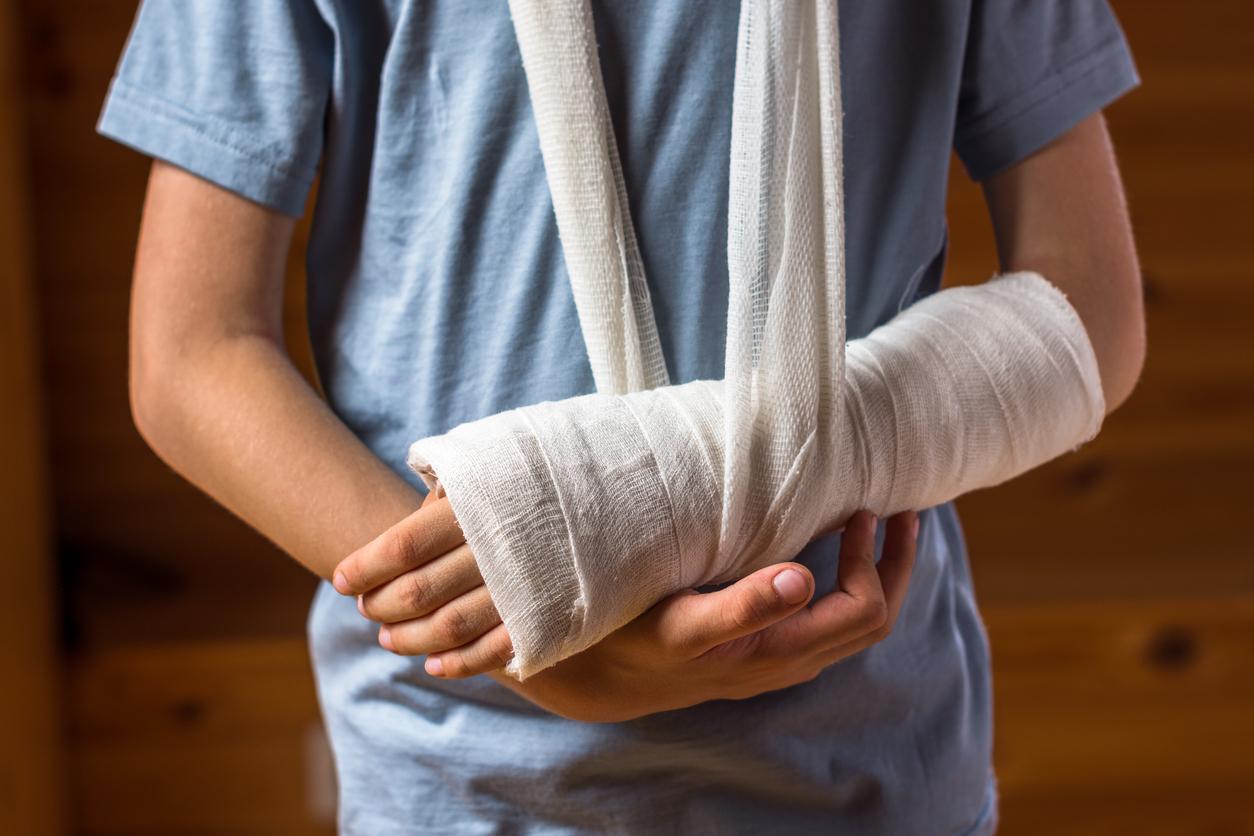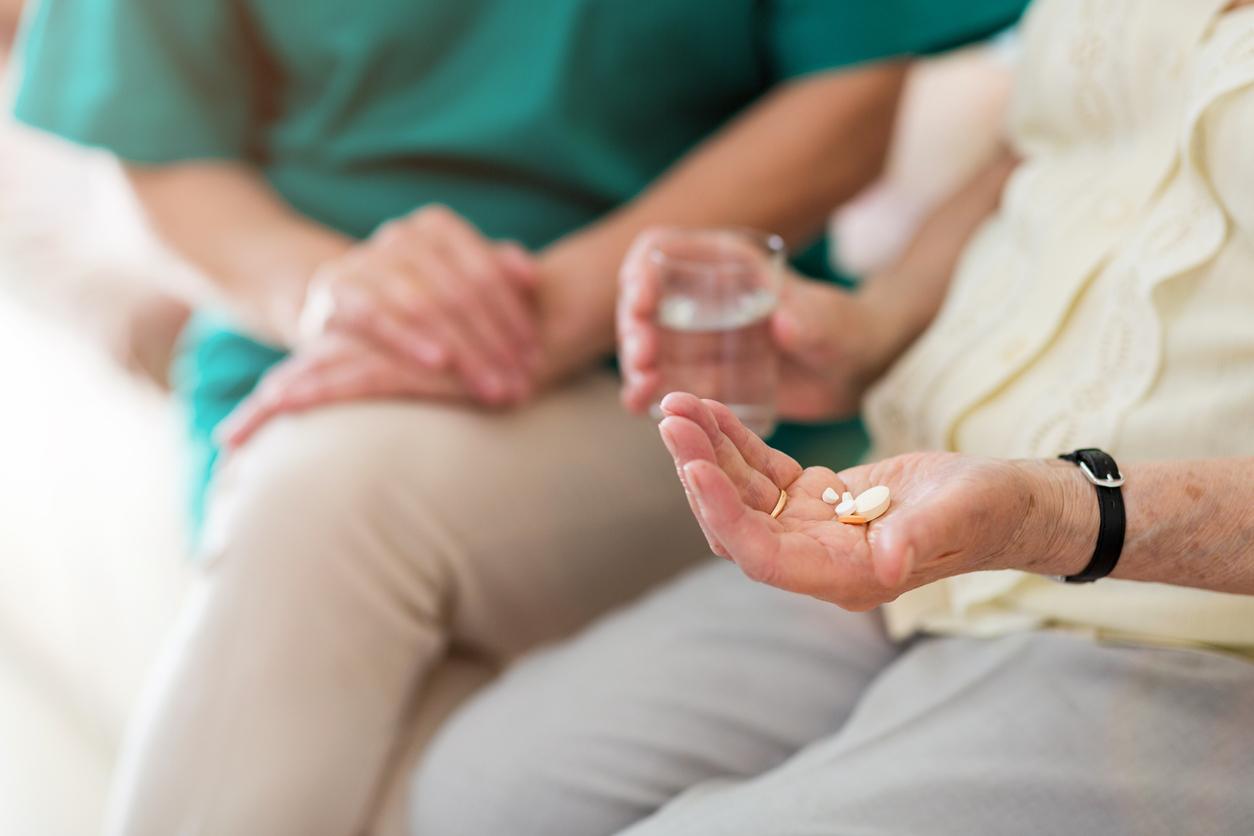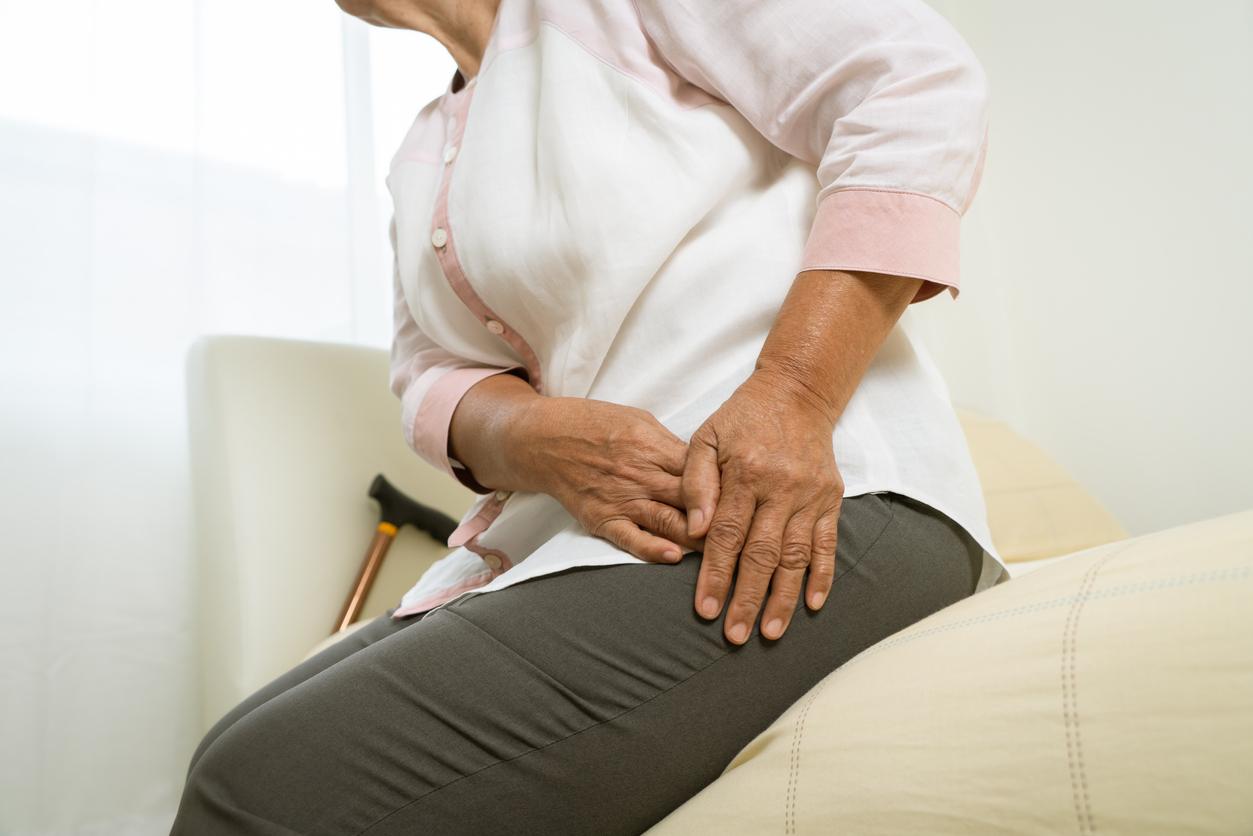Osteoporosis increases the risk of fracture, particularly of the hip. If the disease is not hereditary, there are family risk factors, as Dr Emmanuelle Vignot, rheumatologist and specialist in osteoporosis, explains to us.
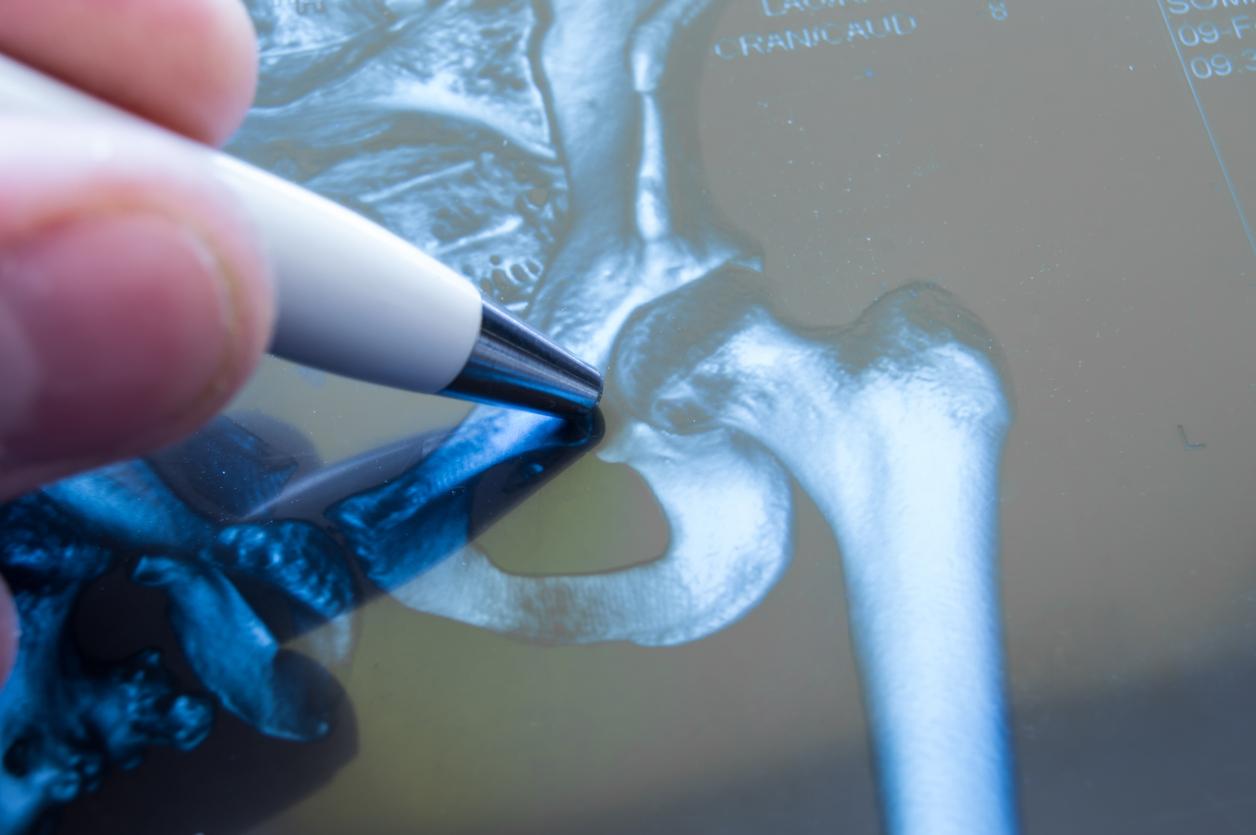
- Osteoporosis, a bone disease, is a risk factor for hip fracture.
- Family history of fracture is also part of it.
- Examinations make it possible to assess the risk of fracture.
October 20 is World Osteoporosis Day. Each year, skeletal disease causes nearly 490,000 fractures in France, according to figures from Inserm. Family history is one of the risk factors, as explained by Dr Emmanuelle Vignot. The rheumatologist is a specialist in osteoporosis at the Hospices Civils de Lyon, and a member of GRIO, the research and information group on osteoporosis. For Why Doctorshe returns to the risk of hip fracture, linked to a history in a parent or relative.
Osteoporosis: history of fracture concerns all first-degree relatives
As she explains, the question of family history is asked at each consultation. “Did your mother fracture her femoral neck?”she asks her patients. However, she specifies that we should not stop at this question alone. “The same question must be asked for the father, brothers and sisters and first-degree relatives, she indicates. A fracture in a first-degree relative is one of the indications for reimbursement for bone densitometry.”
Family history: a risk factor rather than heredity
However, this specialist specifies that it is “difficult to talk about heredity”it rather evokes a “family pre-disposition”. “It is not a communicable diseaseshe recalls. Family history is an additional risk factor associated with others such as age or menopause.” For the moment, science has not identified the genes potentially involved in osteoporosis. For the rheumatologist, we should also look at epigenetics, i.e. the environmental modifications which can have an impact on the expression genes.”Lifestyle probably has an impact on this genetic part because it is often very familial.”she raises.

What are the means of prevention regarding family history?
“When there is a family history of hip fracture in a first-degree relative, mainly father or mother, ask your attending physician or possibly your gynecologist to prescribe a bone densitometry, recommends Dr. Vignot. Then, possibly refer to a rheumatologist if it is difficult to make a therapeutic or monitoring decision only.”
Bone densitometry makes it possible to assess the risk of hip fracture: this examination measures bone density. It helps diagnose osteoporosis. “Often, the first check is carried out around the age of fifty after the onset of menopause, indicates Dr Emmanuelle Vignot. Then, a check is carried out two or three years later to check that there has been no rapid post-menopausal bone loss, which could change the therapeutic attitude. We must also ensure that there has been no fracture in the meantime.” If the results vary little or not at all, the next check is carried out four to five years later. When the results indicate a reduction in bone mineral density, one of the consequences of the disease, the doctor uses FRAX®, a tool for calculating the risk of fracture at ten years. In the latter, a case of hip fracture in a loved one is considered a risk factor.









